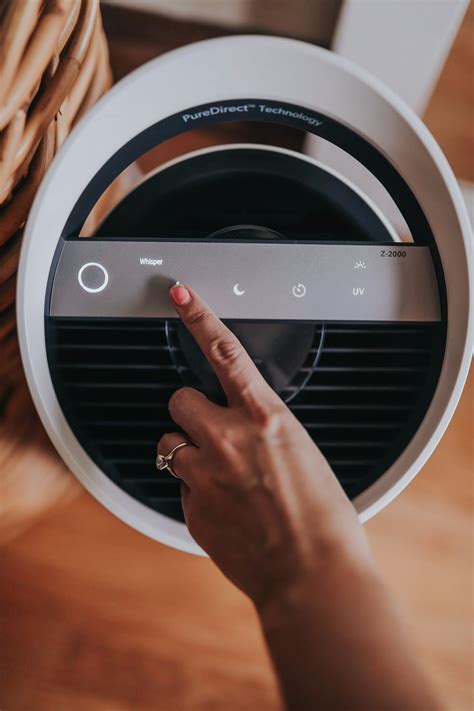Introduction
Indoor air quality has become a growing concern in recent years, as we spend an increasing amount of time indoors. Mold, a type of fungus, is a common indoor air pollutant that can cause a variety of health problems, including respiratory issues, allergies, and asthma. Air purifiers are one way to help improve indoor air quality and reduce the risk of mold growth.

Air Purifiers and Mold
Air purifiers work by removing pollutants from the air, including mold spores. There are a variety of different types of air purifiers on the market, each with its own advantages and disadvantages. Some of the most common types of air purifiers include:
- HEPA filters: HEPA (high-efficiency particulate air) filters are very effective at removing small particles from the air, including mold spores. HEPA filters are often used in hospitals and other healthcare settings.
- Carbon filters: Carbon filters are effective at removing odors and gases from the air. Carbon filters can be used to remove mold odors and other pollutants from the air.
- UV light purifiers: UV light purifiers use ultraviolet light to kill mold spores and other microorganisms. UV light purifiers are often used in commercial settings, such as hospitals and schools.
Benefits of Air Purifiers for Mold Prevention
Air purifiers can provide a number of benefits for mold prevention, including:
- Reducing the number of mold spores in the air: Air purifiers can help to reduce the number of mold spores in the air by trapping them on their filters. This can help to reduce the risk of mold growth and the associated health problems.
- Removing mold odors: Air purifiers can help to remove mold odors from the air. Mold odors can be a nuisance and can also be a sign of mold growth.
- Improving indoor air quality: Air purifiers can help to improve indoor air quality by removing pollutants from the air. This can help to reduce the risk of respiratory problems, allergies, and other health problems.
How to Choose an Air Purifier for Mold Prevention
When choosing an air purifier for mold prevention, there are a few things to keep in mind:
- The size of the room: The size of the room will determine the size of the air purifier you need. A larger room will require a larger air purifier.
- The type of mold: The type of mold you are trying to remove will also determine the type of air purifier you need. Some air purifiers are more effective at removing certain types of mold than others.
- Your budget: Air purifiers range in price from a few hundred dollars to several thousand dollars. It is important to set a budget before you start shopping for an air purifier.
Tips for Using an Air Purifier for Mold Prevention
Here are a few tips for using an air purifier for mold prevention:
- Place the air purifier in a central location: The air purifier should be placed in a central location in the room so that it can circulate air throughout the entire space.
- Run the air purifier continuously: The air purifier should be run continuously to help prevent mold growth.
- Change the filter regularly: The filter in the air purifier should be changed regularly according to the manufacturer’s instructions. A dirty filter will not be able to remove mold spores from the air.
Conclusion
Air purifiers can be an effective way to help prevent mold growth and improve indoor air quality. By following the tips above, you can choose and use an air purifier to help keep your home healthy and mold-free.





















